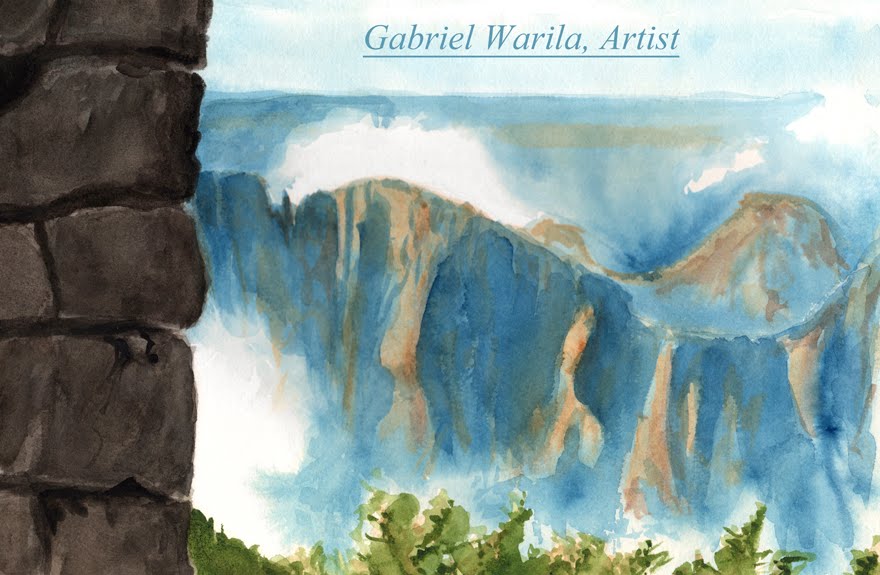I started this painting nearly a year ago (last October, to be precise), when I was painting several variations of the Orion Nebula. What inspired me was a false-color image of the Nebula's "tracer bullets"–globs of stellar dust shooting across space–colored in bright orange and blue. You can read more about the tracer bullet phenomenon in
this article by the Faulkes Telescope Project.
 |
| The original reference image. |
There was some pre-planning to this painting, but not a lot. I was afraid I would procrastinate on it and end up not doing it out of various fears, so I pushed ahead as fast as I could. The lack of pre-planning made certain stages later on more difficult. Even so, I do not regret starting it so quickly.
This was not a complicated painting. I had the blue-and-orange Nebula, and the astronaut and his spacecraft. I went back and forth painting layers for the Nebula and the dark blue of deep space, and the spacecraft. Halfway through the painting, the orange and the blue were mixing together and becoming a muddy green. I went back, whited the muddy parts out, and repainted them. The final stages of the painting were lighting up the blue nebula bullets, and adding the off-white highlights on the astronaut and spacecraft.
What I learned from this painting:
- Prime the canvas the main background color. This prevents the bright white canvas from throwing off how colors appear to your eyes.
- Develop the underpainting as much as you need to. It is the foundation your painting will stand on. I did not develop it for this painting, and it made finishing the spacecraft much more difficult.
- Don't leave your wet palette alone for weeks on end. The paint becomes runny and useless for painting. The palette gets smelly and moldy, and you have to delay working on the painting in order to clean the paper and sponge.
With these lessons in mind, I can do that much better on the next space painting.
Detail images of the painting below.








